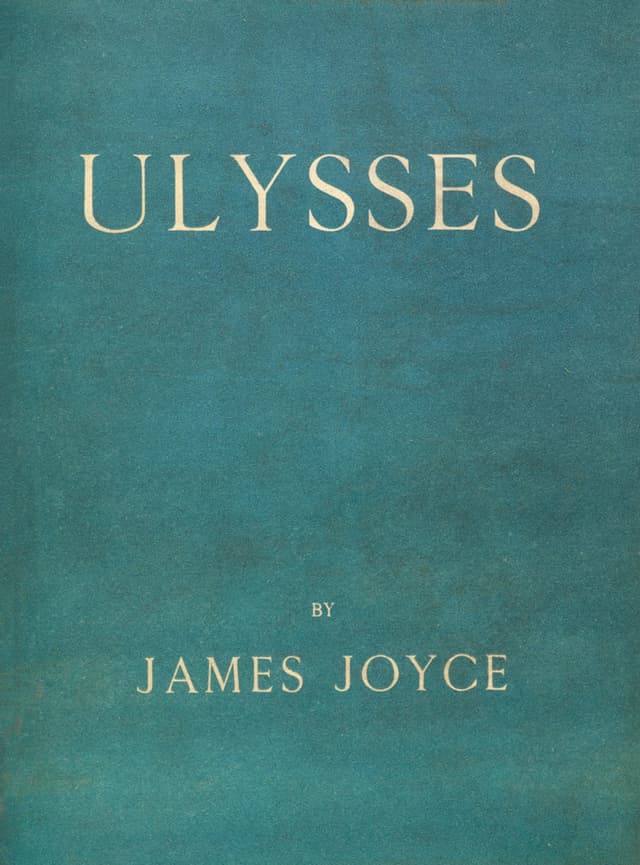Laynta participates in the Amazon Services LLC Associates Program, an affiliate advertising initiative that allows us to earn fees by linking to Amazon.com.

Ulysses
James Joyce's Ulysses, a cornerstone of modernist literature, was first published in 1922. The novel's narrative unfolds over a single day, June 16, 1904, in Dublin, an approach that allows Joyce to delve deeply into the minutiae of everyday life. This setting is not merely a backdrop but a canvas upon which the rich tapestry of Dublin's socio-cultural landscape is intricately depicted.
Joyce employs the stream of consciousness technique to transcend traditional narrative boundaries, offering a profound insight into the thoughts and emotions of his characters. This narrative style, innovative for its time, positions the reader directly within the flux of the characters' experiences. "Ulysses" stands out for its complex structure, echoing the journey in Homer's Odyssey, yet recontextualized in the urban milieu of early 20th-century Dublin. This intertextual weaving serves as a critical commentary on the juxtaposition of the epic and the mundane.
The novel’s groundbreaking use of language, including puns, allusions, and a rich tapestry of stylistic variations, reflects Joyce's deep engagement with the linguistic and narrative possibilities of the novel form. This experimentation is central to understanding the novel's impact on subsequent literary developments.
Joyce's mastery in portraying the fragmented realities of modern life is evident in his depiction of various Dubliners' lives, intertwining their individual stories to form a cohesive narrative. The characters, ranging from the protagonist Leopold Bloom, a Jewish advertising canvasser, to Stephen Dedalus, an aspiring poet, and a host of others, represent a cross-section of Dublin society. Their interactions and internal monologues provide a vivid panorama of urban life, filled with its contradictions, challenges, and the search for identity and meaning.
and Gibraltar as a girl where I was a Flower of the mountain yes when I put the rose in my hair like the Andalusian girls used or shall I wear a red yes and how he kissed me under the Moorish wall and I thought well as well him as another and then I asked him with my eyes to ask again yes and then he asked me would I yes to say yes my mountain flower and first I put my arms around him yes and drew him down to me so he could feel my breasts all perfume yes and his heart was going like mad and yes I said yes I will Yes.













